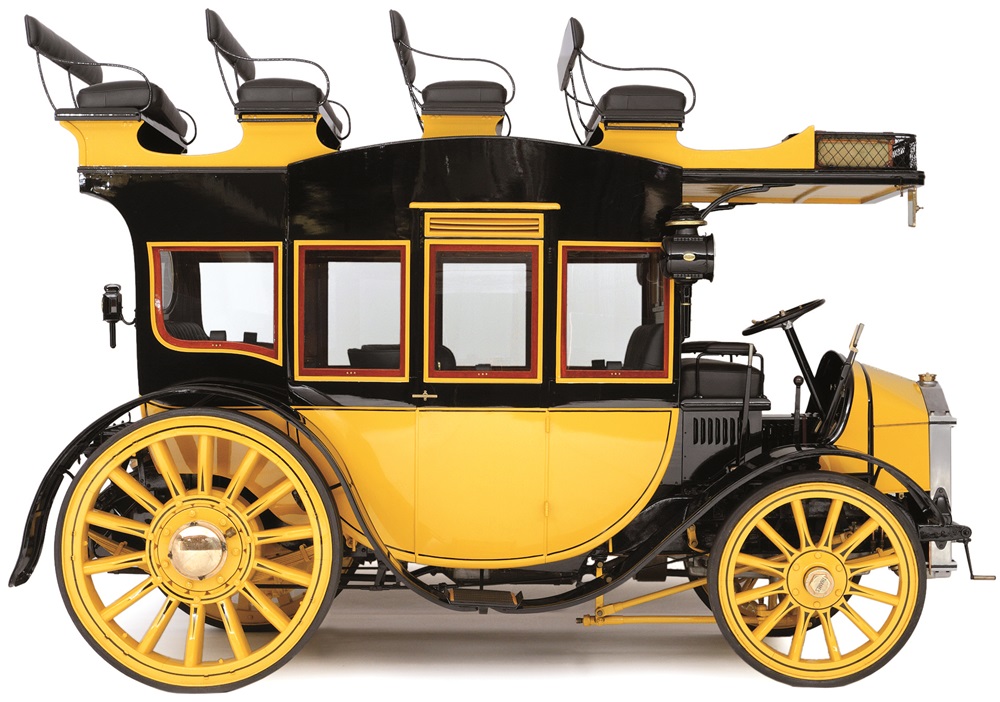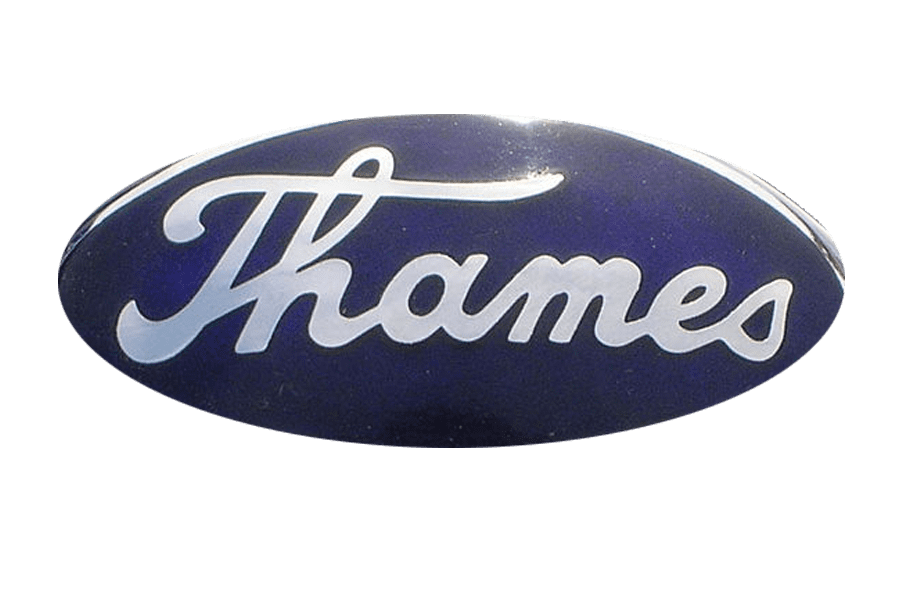1913 Thames 48-HP Motor Stage Coach

The descriptions of the Classic Cars in the Directory were partly generated or supplemented with the help of artificial intelligence (AI). The content may occasionally not always be entirely accurate or factually correct despite careful checking.
The Thames 48-HP Motor Stage Coach 1913 is a classic example of early twentieth-century transport technology. It was designed to meet the growing demand for road transport, in a time when horse-drawn carriages were slowly being phased out. The Motor Stage Coach was a fitting replacement and quickly became popular in the United States, where it was used for long-distance travel, freight transport and even as a mobile office.
The Thames 48-HP Motor Stage Coach 1913 was built in England by The Thames Motor Company, which was established in 1908. The company was known for producing high-quality vehicles that were built for durability, reliability and comfort. The Motor Stage Coach was one of their flagship products, and it was a critical competitor to other vehicles in the marketplace at the time.
The vehicle's primary technical feature was its 48-horsepower engine, which was significant for its time. It was designed to power the vehicle with enough speed and agility to navigate twisty turns, steep hills, and uneven terrain. The four-cylinder engine was fueled by petrol, and it was supported by a six-speed manual transmission that was installed in a detachable gearbox that could be accessed from the outside of the coach. The gearbox was connected to the motor, and it allowed the driver to vary the speed and power output to the wheels.
One of the most noticeable features of the Thames 48-HP Motor Stage Coach 1913 is its impressive size. The coach is 30-feet long, with a maximum permitted weight of over three tons, making it a significant vehicle by the standards of its day. It had a seating capacity of up to 20 passengers, and it was designed to transport them in comfort, with minimal jolting and bouncing over rough terrain.
The coach's suspension system was one of its key technical features. It was fitted with leaf springs at the front and rear axles, which helped absorb the shock of rough roads. The solution helped with the ride comfort and improved handling, allowing the driver to steer the coach with ease. The coach was also fitted with a set of gas lamps and a horn which were important safety features in day-to-day use.
Finally, the coach was also notable for its robust construction, which was built to withstand the wear and tear of daily use. The wagon was built on a frame made of steel, with wooden panels that provided the structural support for the body, and the coach company's name was proudly emblazoned on the side panels of the wagon.
In conclusion, the Thames 48-HP Motor Stage Coach 1913 was a technological marvel of its day, bringing the early advances of motoring to the world of transportation. Its impressive design, powerful engine and robust construction had passed the test of time, and it has left a lasting legacy as one of the most iconic vehicles of its day.
Milestones
- Thames 48-HP Motor Stage Coach was introduced in 1913 by Thames Valley Traction Company - It was one of the first motorized stage coaches to be used for public transportation - Instead of horses, it was powered by a 48-horsepower engine - The coach was made entirely of metal, making it more durable and safer than its horse-drawn predecessors - It had a seating capacity of up to 28 passengers and was designed for long-distance travel - The coach was fitted with large wheels to enable it to navigate rough terrain, and it had a top speed of approximately 30 miles per hour - The Thames 48-HP Motor Stage Coach revolutionized public transportation in the early 20th century and played a significant role in the development of modern bus transport systems.Technical
- Manufacturer: Thames Motor Company - Model: 48-HP Motor Stage Coach - Year of production: 1913 - Engine: 6-cylinder, 48 horsepower - Transmission: 4-speed manual - Top speed: approximately 45 miles per hour - Seating capacity: up to 14 passengers - Body style: open-top stage coach with wooden benches - Suspension: leaf spring front and rear - Brakes: mechanical drum brakes on all four wheels - Fuel capacity: approximately 25 gallons - Wheelbase: approximately 138 inches - Weight: approximately 5,000 pounds - Measures: approximately 18 feet long and 6.5 feet wide.